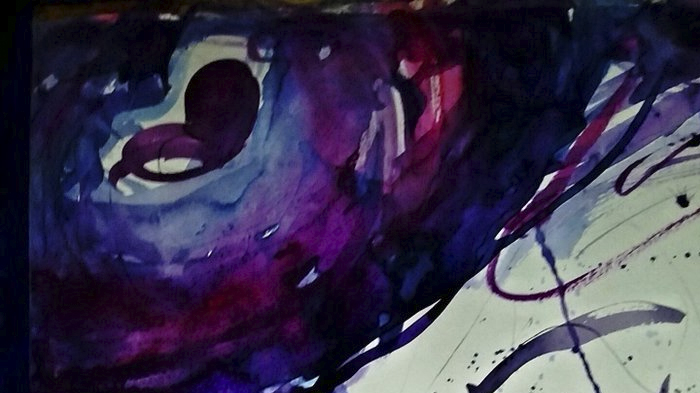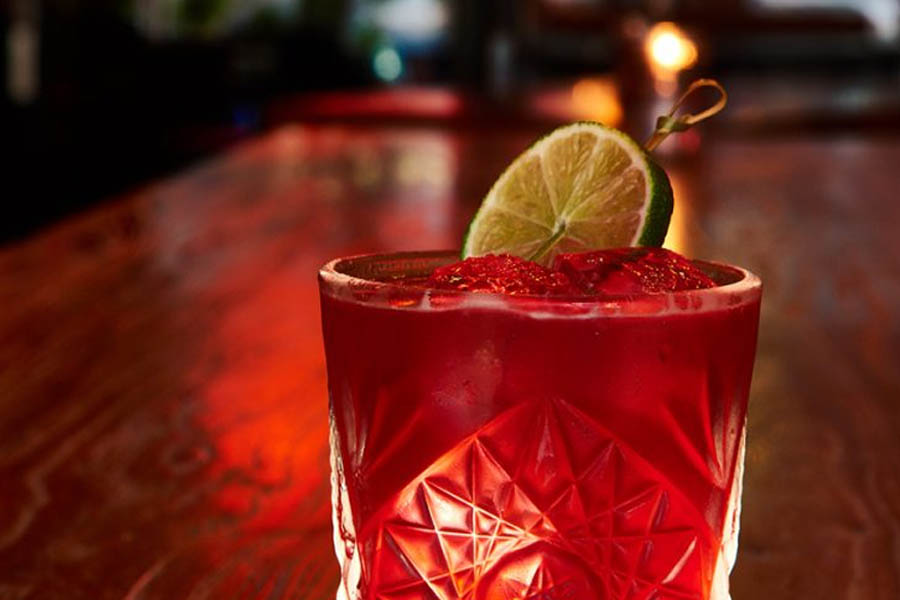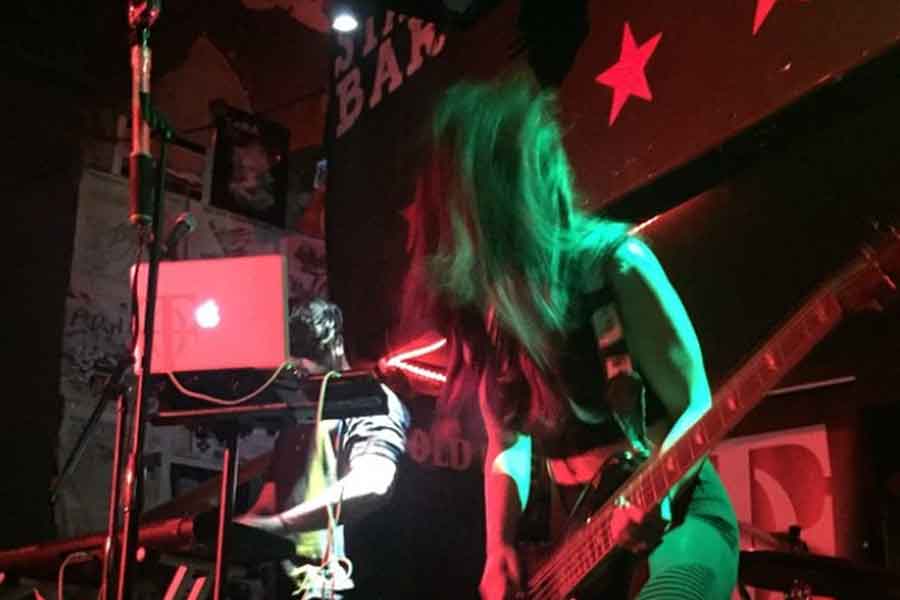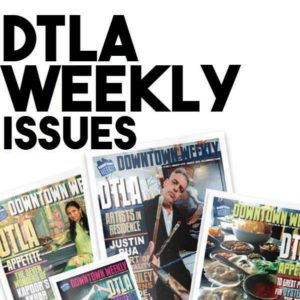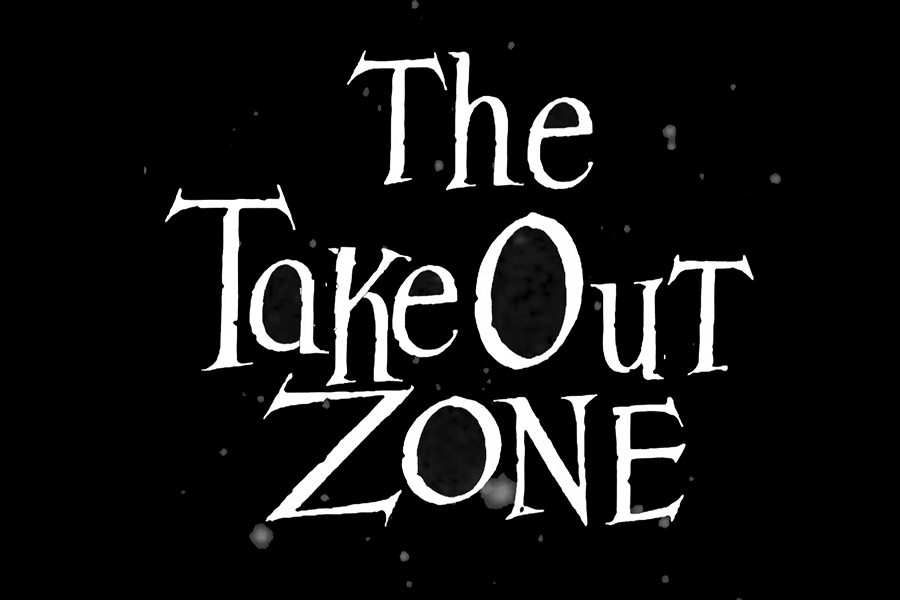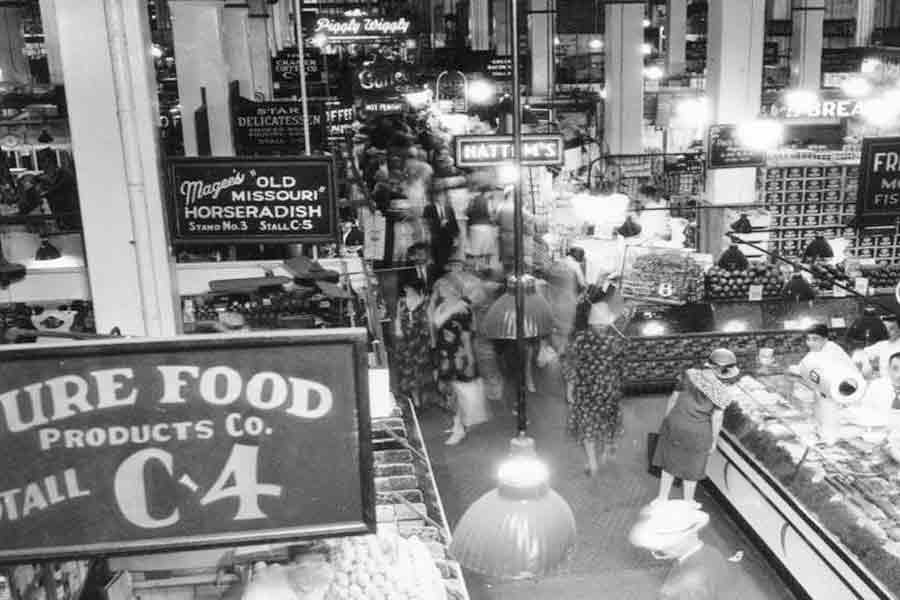
In the words of the late great downtown visionary, developer, and loving husband Ira Yellin, “The Grand Central Market story is one of the people. For years, the market has reflected the diversity of cultures in Los Angeles. It has a human dimension, not like another supermarket in the world.”
God bless his soul. Since acquiring the Grand Central Market in 1984, Ira and Adele Yellin made it their life’s mission to restore the historic landmark to its former glory. Together they managed to do exactly that, and after Ira’s passing with the help of other visionaries, widowed wife Adele managed to take GCM that extra mile, developing new concepts that have fit into the growing economy and diversity of the new downtown. Unless you’re looking for African American or other Afro-Centric eats or listening to any of the vendors who filed lawsuits of racial discrimination against the Yellin Corp seeing as the market changed almost overnight from 70% Latino to now being shared by mostly Asian, European, and Jewish vendors, with only a fraction of GCM’s most delicious favorites managing to keep their menus influenced from south of the Border.
All kidding aside, DTLA Weekly spoke with widowed owner Adele Yellin about the whole gentrification thing last spring and brought up the lack of African American or Afro-Carribean cuisine only to get a very down to earth response. Revealing her pleasingly resilient, fine-tuned, businesswoman essence, Adele, standing all of 4ft tall, while sipping a single beer with us at Angel City Brewery, expressed she was more than eager to lease to any and everyone who could afford the then $12+square foot spacings, positively urging all ethnic groups especially those with Afrocentric cuisines to contact management for a tour – It was obvious after our conversation that it was indeed cultural diversity and quality being sought out for the market’s new era.
In the beginning…God created Downtown…
Then, Homer Laughlin Sr. a former Civil War veteran turned dinnerware mogul, bought the land in 1896 and commissioned architect John Parkinson of Union Station and City Hall fame to build the six-story structure on the site. On Broadway, Laughlin constructed Los Angeles’ first fireproof and first reinforced steel building. When the building was completed in 1898, the ground floor store was the Coulter Dry Goods Co. Then, in 1905, the building was expanded. The back wall was leveled, the ground floor was extended to Hill Street, and two stories were added overhead. By 1908 the ground level housed a department store. The Metropolitan Water District occupied offices on the upper floors of the Broadway building and the Central Library was located on the two upper floors as well for some time. With time, the upper floors of the Broadway building were vacated and the upper floors of the annex were used for storage. The department store lasted until 1917 when the market opened almost overnight with Olivet and Sinai, the twin cars of Angel’s Flight who had been patiently waiting since 1901 to add the finishing touch.
The market flourished then took a nose dive with partial owners, the Lyons family, (a wealth of information by the way), who kept the upper floors of the GCM unoccupied for years until selling to Ira Yellin who came with the promise and the money for restorations. Some of the first renovations from the Yellin team were immediately painting the interior in the original “warm” colors and removing that once partially blocked Broadway entrance. And while Broadway was typically used as the main entrance, Hill Street was once mocked, and duly so. Deep cleaning took place at night when the market was closed with walls, columns and ceilings being repainted and the floors were cleaned and polished as routinely as the rents were being raised.
Yellin’s group also acquired the site between the market and 3rd Street on Hill Street for a parking structure and the adjacent Million-Dollar Theater building which they determined to resurrect with a loan from the City, reconstructing 121 housing units in the Homer Laughlin Building and the Million Dollar Building at 306 W. 3rd Street.
Recently, the loan to restore the GMC defaulted lending itself to more negative publicity and drama ending in a settlement but that didn’t stop Adele. She and the GCM dusted themselves off and began replacing its 50s plastic signage and decor with 1940s neon showing special attention to the Hill Street side of the market which now boast enough ambiance to transport us back to the positive, iconic Downtown neighborhood market/tourist attraction/landmark vibe, GCM had always had.
To make an omelette you have to break a few eggs.
After Ira’s death, Adele hired consultants Joseph Shuldiner, who founded the Institute of Domestic Technology and Altadena Farmers Market, and Kevin West of Saving the Season. BCV, part of the design collaboration behind the Ferry Building Marketplace in San Francisco, the architect, and Rick Moses the developer. Facing its 3rd renovation since 1940, soon the 30 or so food stalls that used to provide DTLA with a variety of moles, hard liquors, dried chiles, dulces and herbal medicines would be to forced to share the 27,000 square foot space with the next generation of vendors which would include specialty cheese, bagels and bread, hormone free meats, organic juices and kombuchas, cafes, oysters, bbq’d rib joints with cold mac n cheese, bars, and…sluts? All this, “staying true to its legacy”, as the market set off in a new direction to “attract new vendors and rejuvenate longtime retailers”. And for those who complained about the rising price of menu items???
History would show, GCM was originally designed to cater to the wealthy.
In the bustling 1920s, the market was indeed a bazaar for the wealthy leasing to concessionaires whose products would appeal to such Angelenos, but once fashionable Bunker Hill came crashing down and Olivet and Sinai started killing people almost all hope was lost. At its peak, however, GCM in 1944, saw an estimated 1,270,000 shoppers a month and today GCM shares its aroma with countless thousands with later hours, outdoor parklettes, film festivals, special events, exclusive parties, food festivals, fundraisers, resident djs, live music and even tranny bingo, not to mention long lines for all of its vendors year round.
On Friday, October 27th Grand Central Market celebrated its 100th year with Mayor Garcetti, a hundred layered cake, Bringing Back Broadway and a new Official USPS envelop brought to us by Richard Schave and Kim Cooper, proprietors of eclectic tour company Esotouric, and the creative consortium behind LAVA (Los Angeles County Arts Commission), in a collaborative effort to immortalize the past and make way for the new future of the GCM.
Most recently, Grand Central markets ownership changed hands. The new owner is Adam Daneshgar, president of Beverly Hills-based Langdon Street Capital, who will carry the torch no doubt making Grand Central market even grander, maybe change the name even, to Grander Central Market. Only momuments in time will tell.
For more information visit www.grandcentralmarket.com


